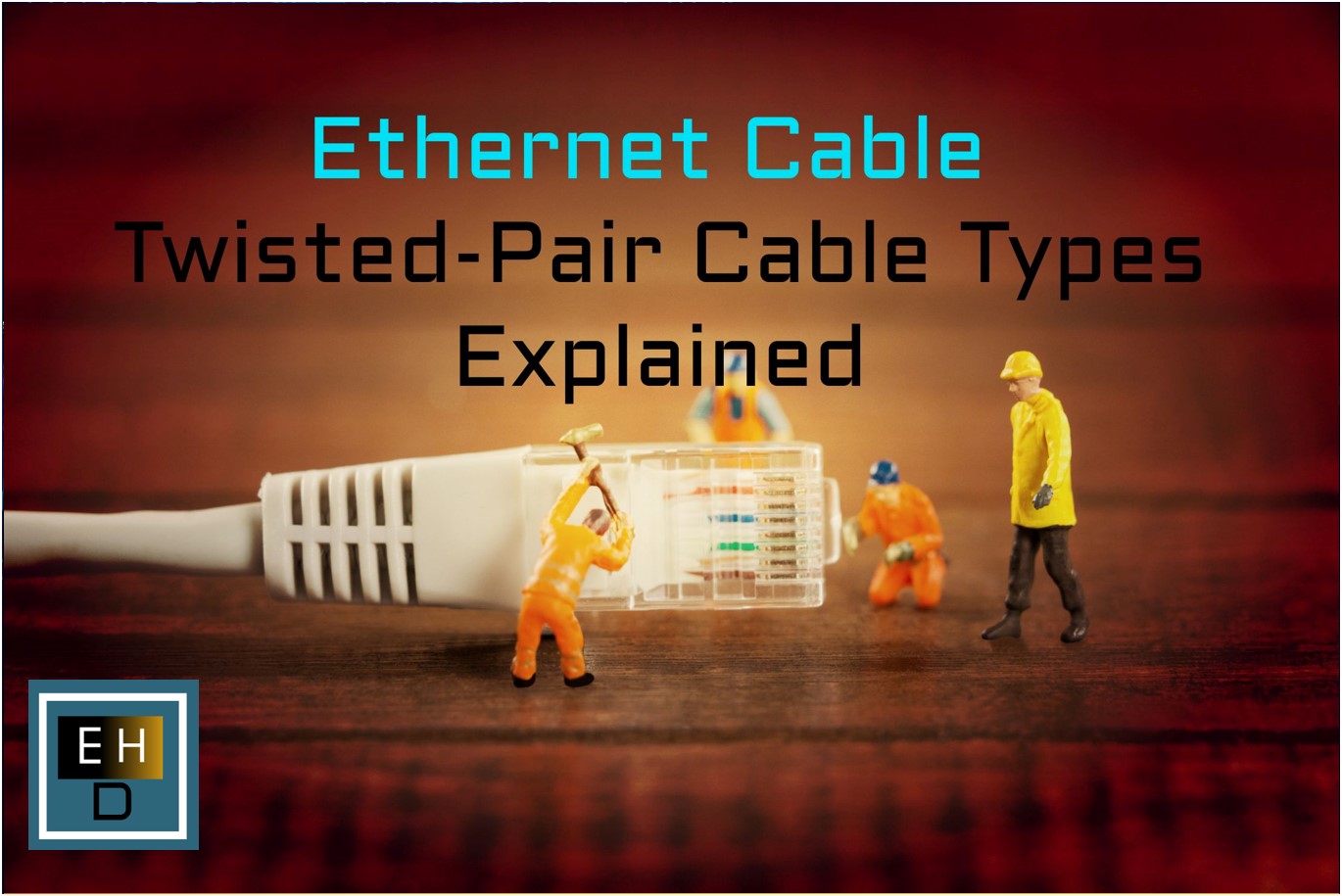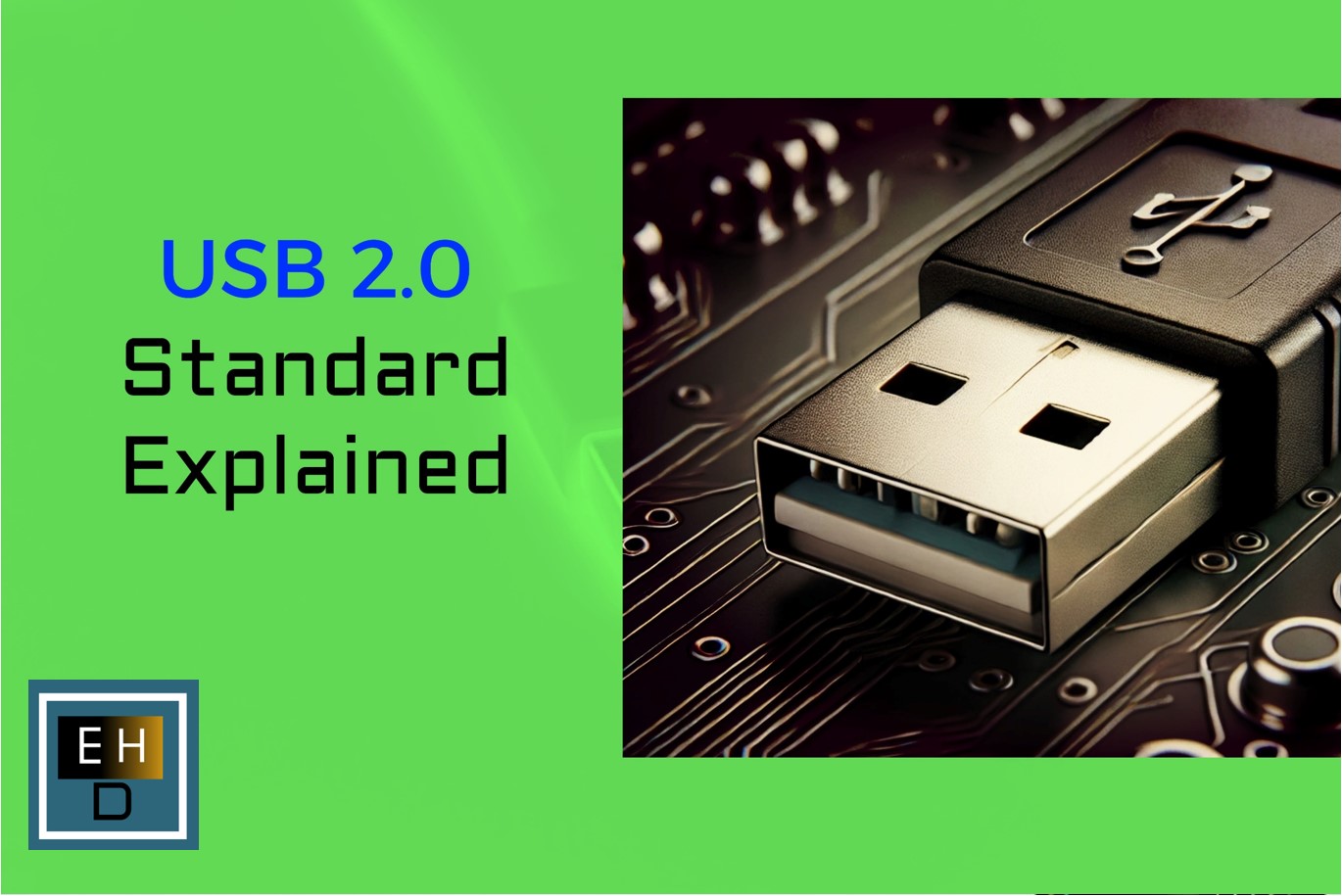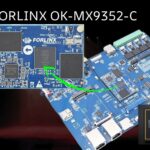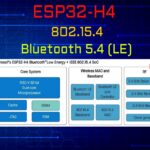Featured Post
USB – (Universal Serial Bus) Overview, Purpose, Standards and Types

USB (Universal Serial Bus) is an industry-standard introduced in 1996 to standardize the connection of peripherals to computers, replacing interfaces ...
Read more

Ethernet Cable – Twisted-Pair Cable Types Explained
Twisted-pair copper cable is a type of cabling where internal pairs of wires are twisted together to protect against crosstalk, ... Read more

Ethernet PCB Layout Design Guidelines
Ethernet is essential in various applications due to its speed and reliability. It forms the backbone of office LANs and ... Read more

Ethernet Protection Strategy Explained- ESD, EFT, CDE
Ethernet ports are vulnerable to electrostatic discharge (ESD), electrical fast transient (EFT), lightning, and cable discharge events (CDE), which can ... Read more

What is RGMII (Reduced Gigabit Media Independent) Interface?
RGMII stands for Reduced Gigabit Media Independent Interface. It is a standard used to connect Ethernet PHYs (Physical Layer devices) ... Read more

What is Gigabit Media Independent Interface (GMII)?
The Gigabit Media Independent Interface (GMII), specified by IEEE Std 802.3 Clause 35, is a standard interface designed to facilitate ... Read more

Media-Independent Interface (MII & RMII) in Ethernet
The Media-Independent Interface (MII) serves as a standardized method for connecting Ethernet MAC (Media Access Control) devices to PHY (Physical ... Read more

Understanding RS485 Standard and Working of RS485 Transceiver
RS-485 is a balanced data transmission standard for serial communication. RS-485 facilitates the robust transmission of moderate data rates across ... Read more

Understanding the Ethernet PHY and its Components
Ethernet is a widely used technology in LAN networking, offering data-link and physical specifications for controlling access to a shared ... Read more

What is Ethernet?
The diagram below was drawn by Dr. Robert M. Metcalfe in 1976 to present Ethernet to the National Computer Conference ... Read more

What is Ripple Factor?
In power supply circuits, ripple factor is a critical parameter because it affects the stability and quality of the DC ... Read more













